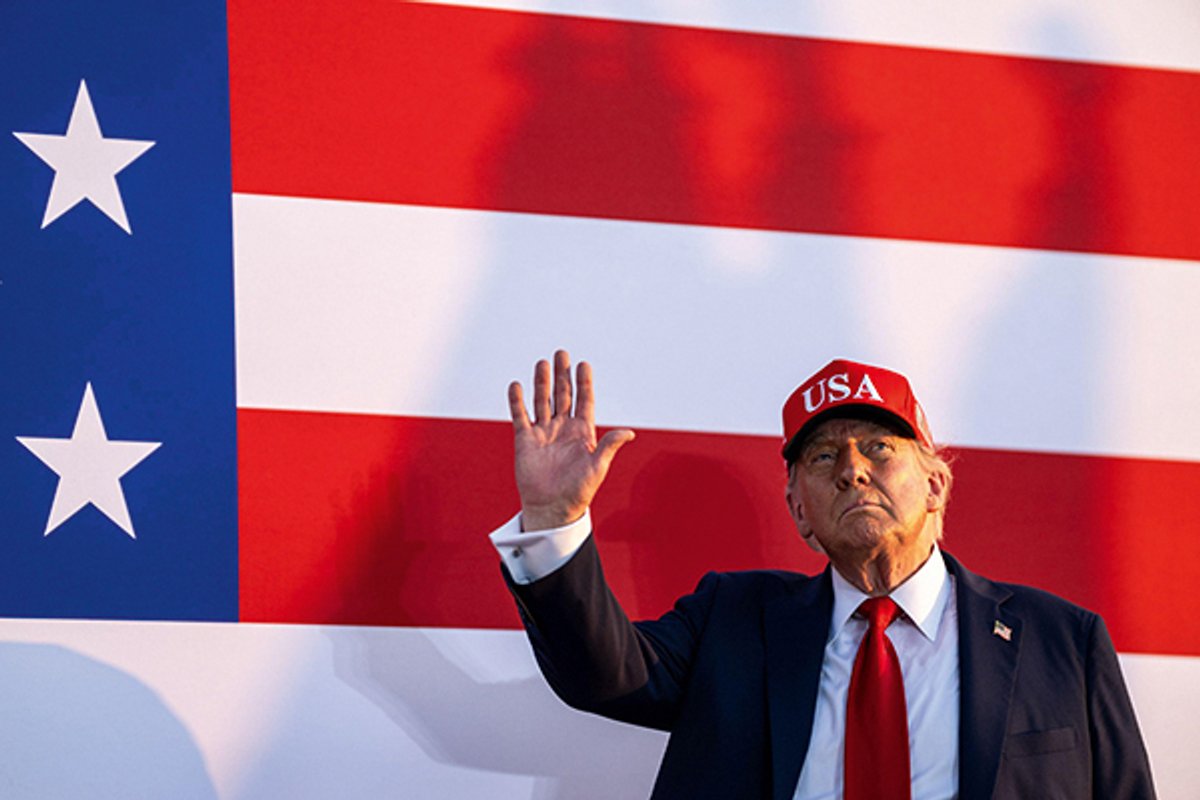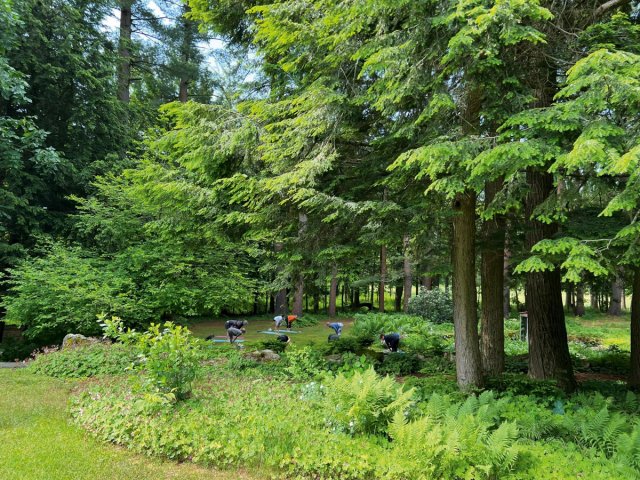The administration of President Donald Trump, concerned that foreign workers are taking jobs that could have gone to US citizens, has made the process of obtaining an H-1B visa—sought after to bring in foreign workers for high-level jobs at museums, galleries and auction houses—more cumbersome and costly. As of 21 September, within 90 days of filing H-1B petitions, employers must now notify existing workers about their H-1B applications, either through union representatives or workplace postings, and prove they tried to recruit American workers first. They must also pay a $100,000 filing fee, a huge jump from the previous fee of $780. This applies to new applicants but not to existing foreign workers seeking to renew their status.
The US awards H-1B visas to people who have highly specialised skills, and the majority are for those working in tech industries (73% of the almost 85,000 people granted H-1B visas in 2023 came from India), according to a report published by the Pew Research Center. The arts, entertainment and recreation industries account for only 0.2% of H-1B foreign workers. (It was through an H-1B visa that Melania Trump entered the US as a fashion model in 1996.)
Significant disincentive
Although it accounts for a small percentage of H-1B visas, the art field regularly uses foreign-born workers for their expertise regarding certain artists, eras and movements, as well as in appraisals and selling. Anne-Laure Alléhaut, a lawyer at the New York-based firm Patterson Belknap with a specialisation in art law, who came to work in the US through an H-1B visa (she now has a green card), says that “visa costs will be a significant disincentive for any institution or companies to hire foreign students or bring in employees from abroad to work in their US office”. She adds: “It will impact the mobility of senior business-getters who may be relocating to the US.”
Lisa Strong, the director of the art and museum studies MA programme at Georgetown University, says she recently had a “student who tried to get an H-1B to work at the Smithsonian Institution, where she had a job offer, but the Smithsonian would not pay to apply for the H-1B because the Trump administration had made it more difficult to get one”.
At the University of Kansas, Andrew Denning, the director of the museum studies programme, also sees a disincentive for hiring foreign workers: “I’d expect, given that museum staff and professional positions don’t command exceedingly high salaries, that this $100,000 fee will discourage all but those elite international candidates who can afford to pay that fee themselves.”
Talent squeeze
The changes have set off concerns that the supply of applicants may dry up. “I have obtained H-1B visas for those working in the art world,” says Tsui H. Yee, an immigration lawyer who has worked in this field for 26 years. “These new changes will drastically reduce the number that will be approved.” Yee declined to name the institutions where her former clients have worked but says she has “obtained H-1Bs for curators”.
Many in the art field are hesitant to address the issue. “I don’t feel comfortable talking about the visa status of any of our current staff,” says Roger Beebe, the interim chair of the art department at Ohio State University. A spokesperson for the Association of Art Museum Directors says the organisation is aware of the new visa rules and is “currently evaluating to understand its implications”. Jay Frederick Krehbiel, the executive chair at the auction house Freeman’s Hindman, says: “We only have a single H-1B employee, who I think very highly of and who adds so much to our team.” But he says he “would be uncomfortable sharing any additional information” about his team.





